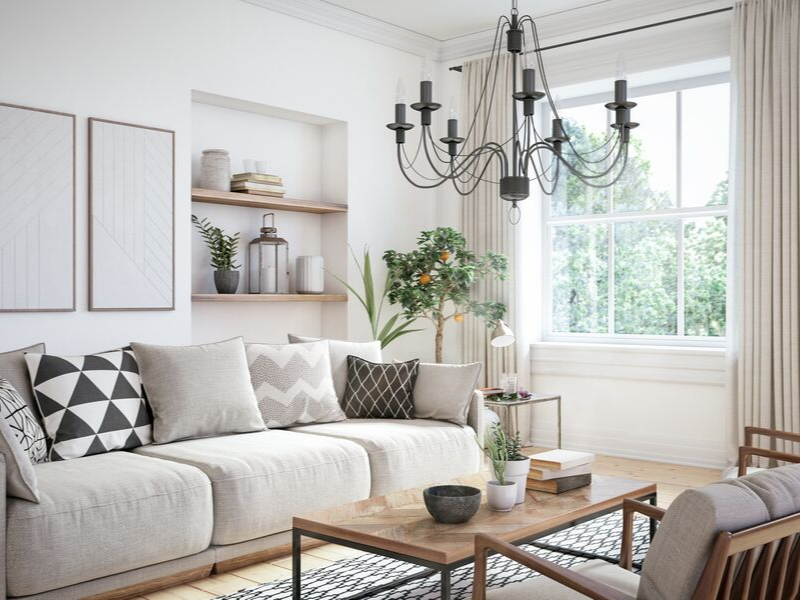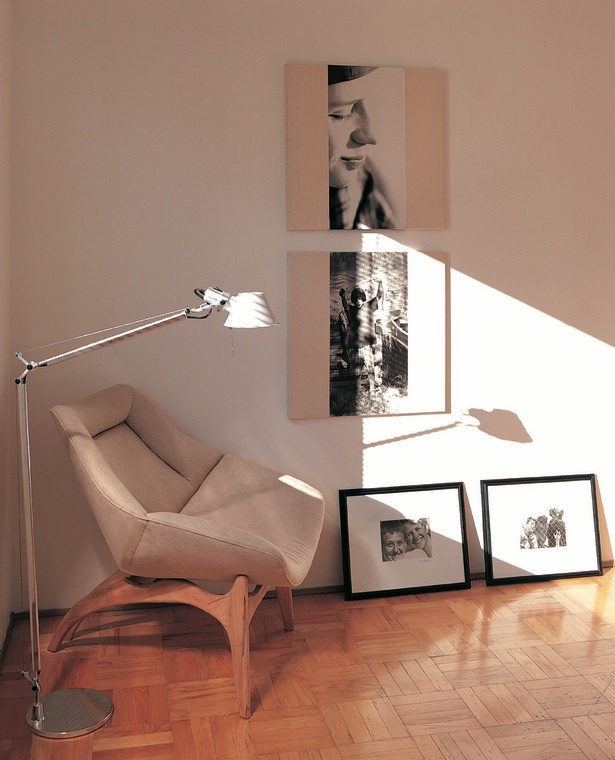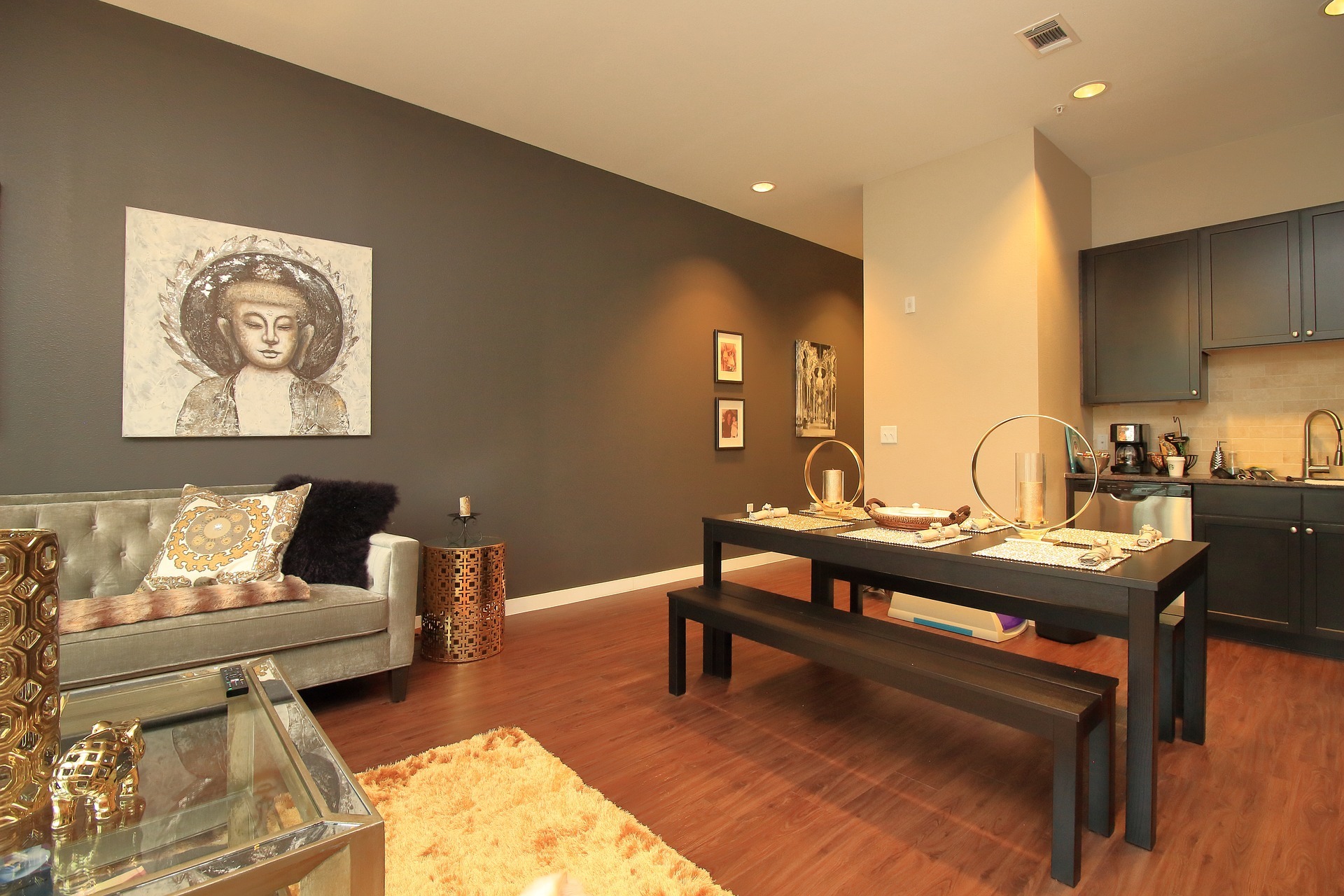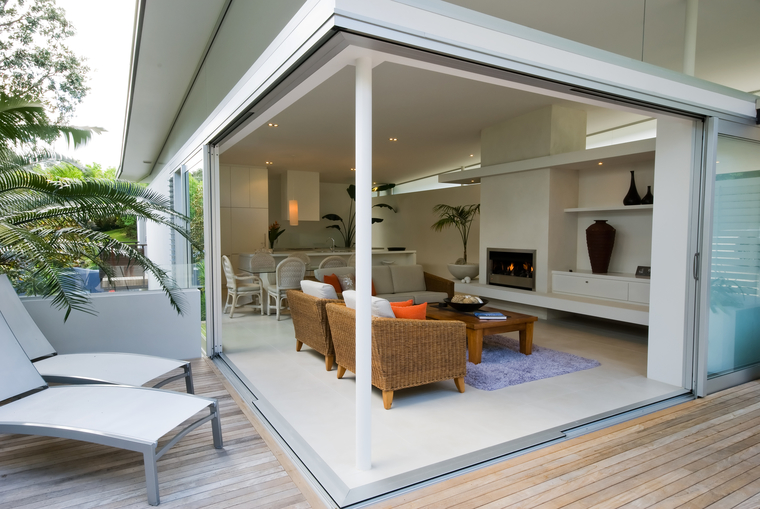7 Costly Mistakes in the Selling Process

Sellers dream of a flawlessly executed home sale where everything goes smoothly, and they end up with a satisfied buyer. To achieve this ideal end goal, it’s important to be aware of the mistakes along the way that could potentially derail the sale. Mistakes in the selling process come in all sizes, but some can be more costly than others.
1. Incorrect Pricing
Simply put, sellers want to get the most value for their home. Inaccurately priced homes create complications in the selling process and can be costly. Overpriced homes are unable to compete with other homes in a more expensive bracket, reducing its appeal to buyers. The longer a home stays on the market, the more likely the seller will have to lower the price, and this could result in a final asking price that is well below what the home is worth. Underpricing can be used as a strategy to generate added interest among buyers and thereby drive up the home’s market value, but it requires that a bidding war take place among buyers.
2. Underestimating Selling Costs
There are many costs associated with selling a home that can easily pile up if not planned for. Commission fees take up a significant portion of selling costs, typically between five to six percent of the sale price. Sellers must budget for home inspections, making repairs, and staging the home to get it market-ready. During closing, sellers need to prepare for various costs including sales tax, attorney fees, and any fees related to the transfer of the title, and more. Not accounting for any of these costs can come as an unpleasant surprise.
3. Selling When Underwater
It may be tempting to think of selling a home solely as a revenue-generating event. However, if a seller still owes more on their mortgage than what their home is worth, or if the property has gone down in value, they still may not make enough money on the sale to pay off the mortgage. Any homeowner who finds themselves underwater on their mortgage should consider building more equity before they sell.
4. Selling FSBO
Selling a home “For Sale By Owner” (FSBO) presents sellers with the opportunity to save on commission fees but is a complex and risky process that can easily lead to serious costs. Not only does selling FSBO mean that the seller will incur all costs an agent would have taken on to market the home, but they are accepting added liability as well. If any mistake occurs during the offer process, negotiations, or closing, the seller finds themselves without the representation of an experienced professional. This leaves a great opportunity for costly mistakes that could potentially jeopardize the sale.
5. Failing to Disclose Repairs
If a seller fails to disclose any outstanding repairs and issues inherent in the home, they will likely come to light during the buyer’s inspection and can create a very costly situation for the seller. These losses can be avoided by being transparent about what repairs are needed ahead of time. Sellers can also opt to conduct a pre-listing inspection, which can be especially helpful in competitive markets. Disclosure rules vary by state.
6. Neglecting to Stage Your Home
Home staging is a critical element for getting the most value for a home and selling it quickly. By neglecting to stage, sellers are opening the door for lowered offers and reduced sale prices. The staging process is also the perfect time for sellers to inspect their home for any minor or cosmetic repairs that can be addressed quickly.
7. Not Choosing the Best Offer
Naturally, the highest offer received on a home may seem like the most enticing. But just because an offer may be higher than another doesn’t mean it’s the best one. It’s critical for sellers to communicate with their agent about the full terms of the offer to understand its contingencies, how it affects their bottom line, and how those components align with their needs and preferences.
If you’d like more information on selling your home and how to avoid costly mistakes, an experienced Windermere agent is ready to help. Click here to connect with an agent today.
The Impact of Staging Your Home


For more than 20 years, the benefits of staging a home have been well documented. Numerous studies show that staging helps sell a home faster and for a higher price. According to the National Association of REALTORS®, 88 percent of home buyers start their search online, forming impressions within three seconds of viewing a listing. When a home is well staged, it photographs well and makes the kind of the first impression that encourages buyers to take the next step.
Studies also indicate that buyers decide if they’re interested within the first 30 seconds of entering a home. Not only does home staging help to remove potential red flags that can turn buyers off, but it also helps them begin to imagine living there. Homes that are professionally staged look more “move-in ready” and that makes them far more appealing to potential buyers.
According to the Village Voice, staged homes sell in one-third less time than non-staged homes. Staged homes can also command higher prices than non-staged homes. Data compiled by the U.S. Department of Housing and Urban Development indicate that staged homes sell for approximately 17 percent more than non-staged homes.
A measurable difference in time and money
In a study conducted by the Real Estate Staging Association in 2007, a group of vacant homes that had remained unsold for an average of 131 days were taken off the market, staged, and relisted. The newly staged properties sold, on average, in just 42 days, – which is approximately 68 percent less time on the market.
The study was repeated in 2011, in a more challenging market, and the numbers were even more dramatic. Vacant homes that were previously on the market for an average of 156 days as unstaged properties, when listed again as staged properties, sold after an average of 42 days—an average of 73 percent less time on the market.
Small investments, big potential returns
Staging is a powerful advantage when selling your home, but that’s not the only reason to do it. Staging uncovers problems that need to be addressed, repairs that need to be made, and upgrades that should be undertaken. For a relatively small investment of time and money, you can reap big returns. Staged properties are more inviting, and that inspires the kind of peace-of-mind that gets buyers to sign on the dotted line. In the age of social media, a well-staged home is a home that stands out, gets shared, and sticks in people’s minds.
What’s more, the investment in staging can bring a higher price. According to the National Association of REALTORS, the average staging investment is between one percent and three percent of the home’s asking price, and typically generates a return of eight to ten percent.
In short, less time on the market and higher selling prices make the small cost of staging your home a wise investment.
Interested in learning more? Contact your real estate agent for information about the value of staging and referrals for professional home stagers.
Home Staging tips

DIY Home Staging Tips:
With a little time, effort and imagination, you can stage your home to showcase its best features, sell it faster and get top dollar.
Clean up, pare down, and toss out: By simply getting rid of excess furniture and clutter, you can make any room look larger and more inviting.
Make it professional, not personal: Remove family photos, mementos and other personal items from the space. This not only eliminates clutter, it helps potential homebuyers envision their lives in the space.
Repurpose rooms: Do you have a “junk” room? You can transform a liability into an asset by turning an underused space into a reading nook, a craft room, a yoga studio or a home gym. Just clean it up, add a coat of paint, some furniture and the right accessories.
Lighten up: Light, airy rooms look bigger and more welcoming. You can create a pleasing effect by using the right wattage bulbs and multiple light sources. The right window treatments can also have a big impact. Choose fabrics that are light and gauzy, rather than dark and heavy.
Try a little color: Paint is the cheapest, easiest way to update your home. Stick with warm, natural hues, but try darker colors for accent walls and to highlight special features. You can give old furniture new life with a coat of shiny black paint—and freshen up the front door with a bold, cheerful color.
Add some decorative touches: Art, accessories, plants and flowers breathe life into a home. Make rooms more inviting with accessories that are carefully grouped, especially in threes. Pay attention to scale, texture and color. Bring the outdoors in with plants and flowers.
Picture-Perfect Staging:
When it comes to looking for a home most people start on the internet. The photos in your property listing can make a powerful first impression. According to a recent Wall Street Journal article, professional photos can increase home views up to 61%. Make sure your home is “ready for its close-up” by following these simple guidelines before the photographer shows up.
For exterior photography:
· Make sure no cars are parked in front of your house or in your driveway.
· Sidewalks and streets should be cropped out
· There should be up-close and angled shots, as well as long shorts that emphasize space.
· Clear away or trim vegetation blocking the front door or path to the door.
· Make sure lawns are mowed, hedges clipped, etc.
· Remove evidence of pets.
· Put away children’s toys.
· If you are selling a condo or townhome, such amenities as tennis courts, a gym, a garden patio or clubhouse should be photographed.
For interior photography:
· Make sure your house is spotless, windows are clean and rooms are decluttered.
· Repair all visible damage, e.g., bad water stains, gouges, chipped paing.
· Drapes and blinds should be open and lights on.
· Remove trash cans, close toilet seats.
· Use floral arrangements in kitchens and dining rooms.
· Make sure that interesting details and attractive features—e.g., wood floors, a carved mantel, marble countertops and ornamental tile backslashes, etc. – are photographed.
How Staging Your Home Well Impacts Its Value


For more than 20 years, the benefits of staging a home have been well documented. Numerous studies show that staging helps sell a home faster and for a higher price. According to the National Association of REALTORS®, 88 percent of homebuyers start their search online, forming impressions within three seconds of viewing a listing. When a home is well staged, it photographs well and makes the kind of first impression that encourages buyers to take the next step.
Studies also indicate that buyers decide if they’re interested within the first 30 seconds of entering a home. Not only does home staging help to remove potential red flags that can turn buyers off, it helps them begin to imagine living there. Homes that are professionally staged look more “move-in ready” and that makes them far more appealing to potential buyers.
According to the Village Voice, staged homes sell in one-third less time than non-staged homes. Staged homes can also command higher prices than non-staged homes. Data compiled by the U.S. Department of Housing and Urban Development indicate that staged homes sell for approximately 17 percent more than non-staged homes.
A measurable difference in time and money
In a study conducted by the Real Estate Staging Association in 2007, a group of vacant homes that had remained unsold for an average of 131 days were taken off the market, staged, and relisted. The newly staged properties sold, on average, in just 42 days, – which is approximately 68 percent less time on the market.
The study was repeated in 2011, in a more challenging market, and the numbers were even more dramatic. Vacant homes that were previously on the market for an average of 156 days as unstaged properties, when listed again as staged properties, sold after an average of 42 days—an average of 73 percent less time on the market.
Small investments, big potential returns
Staging is a powerful advantage when selling your home, but that’s not the only reason to do it. Staging uncovers problems that need to be addressed, repairs that need to be made, and upgrades that should be undertaken. For a relatively small investment of time and money, you can reap big returns. Staged properties are more inviting, and that inspires the kind of peace-of-mind that gets buyers to sign on the dotted line. In the age of social media, a well-staged home is a home that stands out, gets shared, and sticks in people’s minds.
What’s more, the investment in staging can bring a higher price. According to the National Association of REALTORS, the average staging investment is between one percent and three percent of the home’s asking price, and typically generates a return of eight to ten percent.
In short, less time on the market and higher selling prices make the small cost of staging your home a wise investment.
Interested in learning more? Contact your real estate agent for information about the value of staging and referrals for professional home stagers.
Selling Your Home: The Impact of Staging


How can you make your home more attractive to potential buyers? The answer is with some “home staging”. According to the Wall Street Journal, implementing some basic interior design techniques can not only speed up the sale of your home but also increase your final selling price.
It all comes down to highlighting your home’s strengths, downplaying its weaknesses, and making it more appealing to the largest pool of prospective buyers. Staging an empty house is also important to help buyers visualize how the spaces would be used, and to give the home warmth and character.
Cohesiveness Is Key
Make the inside match the outside. For example, if the exterior architectural style of your house is Victorian or Craftsman Bungalow, the interior should be primarily outfitted with furniture styles from essentially the same era. Prospective buyers who like the exterior style of your home are going to expect something similar when they step inside. If the two styles don’t agree or at least complement each other, there is likely going to be an immediate disconnect for the buyer. Contact your agent to help determine the architectural style of your home and what makes it unique.
There is always room for flexibility. Not all your furnishings need to match, and even the primary furnishings do not need to be an exact match to the architectural style of your home. To create cohesion, you simply need to reflect the overall look-and-feel of the exterior.
The Role of Personal Expression
Every home is a personal expression of its owner. But when you become a seller, you’ll want to deemphasize much of the décor that makes a place uniquely yours and instead look for ways to make it appeal to your target market. Keep in mind, your target market is made up of the group of people most likely to be interested in a home like yours—which is something your agent can help you determine.
Your Goal: Neutralize and Brighten
Since personal style differs from person to person, a good strategy to sell your home is to “neutralize” the design of your interior. A truly neutral interior design allows people touring the house to easily imagine their own belongings in the space—and to envision how some simple changes would make it uniquely their own.
In short, you want to downplay your own personal expression, while making it easy for others to mentally project their own sense of style on the space. Ideas include:
- Paint over any bold wall colors with something more neutral, like a light beige, a warm gray, or a soft brown. The old advice used to be, “paint everything white,” but often that creates too sterile of an environment, while dark colors can make a room look small, even a bit dirty. Muted tones and soft colors work best.
- Consider removing wallpaper if it’s a bold or busy design.
- Replace heavy, dark curtains with neutral-colored shear versions; this will soften the hard edges around windows while letting in lots of natural light.
- Turn on lamps, and if necessary, install lighting fixtures to brighten any dark spaces—especially the entry area.
- Make sure everything is extremely clean. You may even want to hire professionals to give your home a thorough deep clean. Remember, the kitchen and bathrooms are by far the two most important rooms in a house when selling, so ongoing maintenance is important.
The Importance of De-Cluttering
Above all, make sure every room—including closets and the garage—is clutter-free. Family photos, personal memorabilia, and collectibles should be boxed up. Closets, shelves, and other storage areas should be mostly empty. Work benches should be free of tools and projects. Clear the kitchen counters, store non-necessary cookware, and remove all those magnets from the refrigerator door.
The same goes for furniture. If removing a chair, a lamp, a table, or other furnishings will make a particular space look larger or more inviting, then by all means do it.
You don’t want your home to appear cold, unloved, or unlived-in, but you do want to remove distractions and provide prospective buyers with a blank canvas of sorts. Plus, de-cluttering your home now will make it that much easier to pack when it comes time to move.
Where to Start
Contact your agent for advice on how to most effectively stage your home or for a recommendation on a professional stager. While the simple interior design techniques outlined above may seem more like common sense than marketing magic, you’d be surprised at how many homeowners routinely overlook them. And the results are clear: staging your house to make it more appealing to your target buyer is often all it takes to speed the sale and boost the price.
 Facebook
Facebook
 X
X
 Pinterest
Pinterest
 Copy Link
Copy Link
